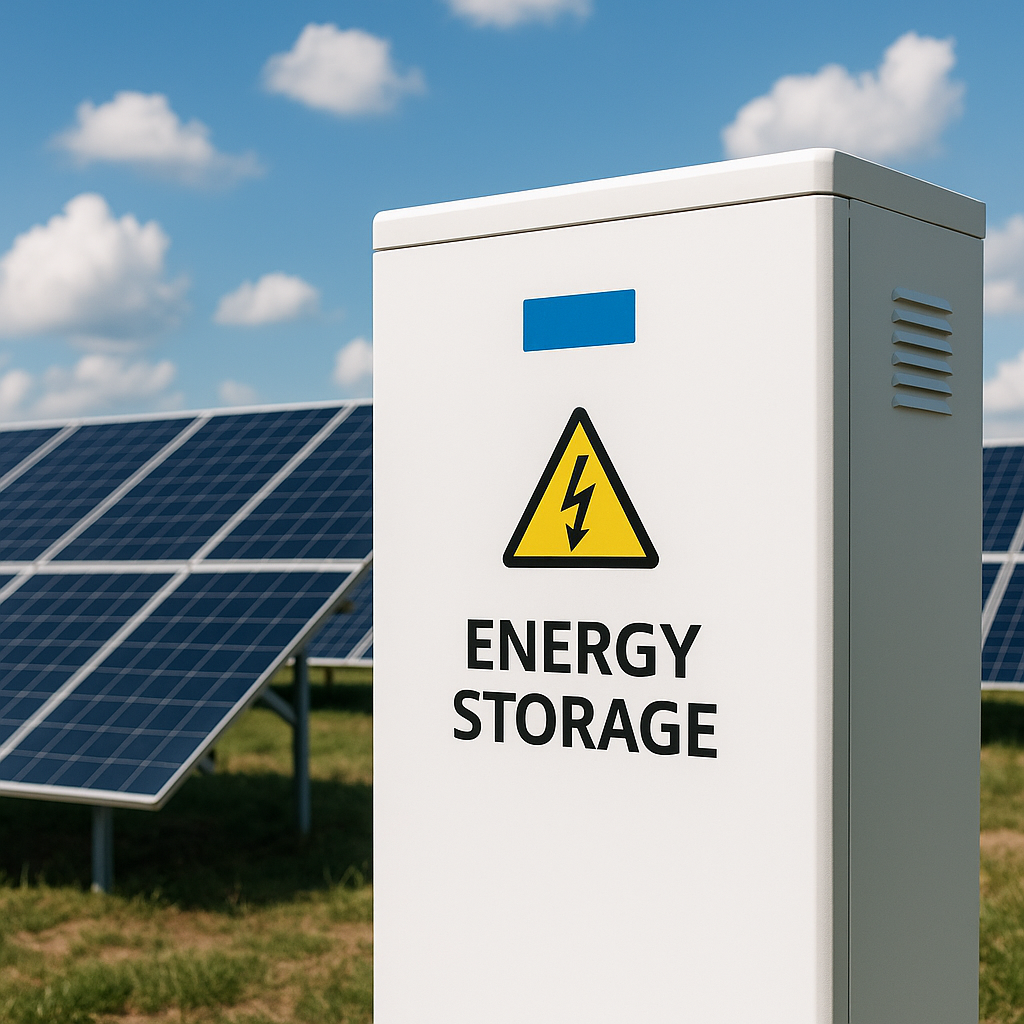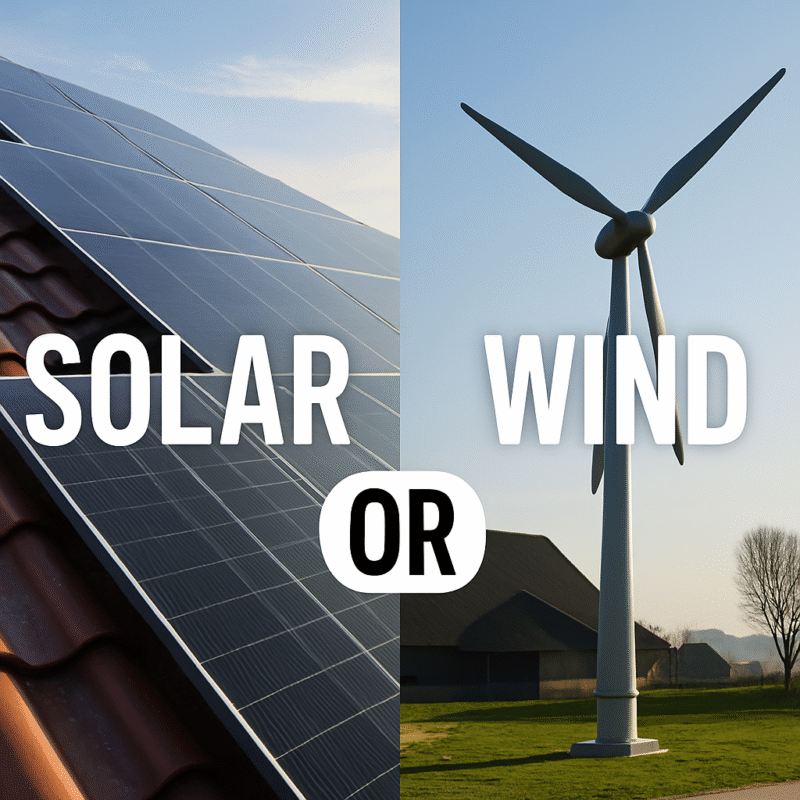The fascinating electrochemical process of lithium-ion batteries powers countless devices in our daily lives. These batteries have four key components: an anode (negative electrode), a cathode (positive electrode), an electrolyte, and a separator.
Lithium ions move from the anode to the cathode through the electrolyte during discharge. This movement generates electron flow through an external circuit that powers connected devices. The process reverses while charging as ions travel from the cathode back to the anode to store energy for later use. The separator’s vital role blocks electron flow inside the battery but allows lithium ions to pass through.
Lithium-ion batteries power many industries today. Your smartphones, laptops, and portable devices run for over 15 hours on a single charge. Electric vehicles depend on lithium-ion technology heavily. Tesla’s Model S uses batteries with 18,650 lithium-ion cells that produce 80-90 kWh of energy. On top of that, medical devices like pacemakers benefit from their lightweight design (often less than 30 grammes) and 7-8 year lifespan.
The renewable energy sector utilizes these batteries to store excess solar panel energy with up to 90% efficiency. Satellites in orbit rely on them when solar power becomes unavailable. Military equipment, grid-scale energy storage systems, and power tools benefit from their high specific power that reaches up to 10,000 W/kg. These batteries last 2-3 years before needing replacement, with cycle durability ranging from 400-1,200 cycles, despite their many advantages.
Battery Storage with Lithium-Ion Technology
Battery storage systems work as energy middlemen that capture and release electricity when needed. These systems act as vital buffers in grid-scale applications. They store extra renewable energy and release it based on needs. This helps solve one of renewable energy’s biggest problems – unpredictable power generation.
How Lithium-Ion Batteries Store Energy
Lithium-ion batteries receive electricity from renewable sources like solar or wind power to begin the storage process. The charging happens when lithium ions travel from the positive electrode (cathode) to the negative electrode (anode) through the electrolyte. This movement stores electrical energy in the battery electrode material’s chemical bonds.
Battery Management Systems (BMS) are a vital part that watches this process and makes sure batteries stay within safe voltage and temperature ranges. These smart systems run algorithms that coordinate power production and figure out the best times to store or release energy. State of Charge (SOC) tracking shows available energy levels. Depth of Discharge (DOD) control helps batteries last longer by managing how much capacity gets used in each cycle. Lithium-ion batteries can safely use 90% or more of their rated capacity. This is a big deal as it means that lead-acid alternatives only manage 30-50%.
Advantages of Lithium-Ion Battery Storage
Lithium-ion technology’s round-trip efficiency goes beyond 95%. This beats pumped storage hydropower systems that reach only 70-85% efficiency. Modern LiFePO4 (lithium iron phosphate) batteries hit up to 93% round-trip efficiency.
These batteries excel at discharge and charge efficiency and last longer. Standard quality LiFePO4 batteries give you at least 2,000 charge/discharge cycles at 80% DOD. They keep more than 80% capacity even after that. High-quality cells can reach 4,000-5,000 cycles under similar conditions.
The flat discharge curve is another great feature. A battery at 20% charge puts out almost the same voltage as one at 80%. Lithium-ion batteries also charge better than lead-acid ones. They don’t waste time with an absorption phase to store the final 20%.
Lithium-ion batteries work well in cold weather. They deliver more than 80% of their energy at -20°C, while AGM batteries manage only 30% in similar conditions. Their compact size and zero maintenance needs make them perfect for energy storage projects. You can install them in any position you want.
Home Applications: Residential Battery Storage
Homeowners now trend toward battery storage systems as they seek energy independence. These systems store extra electricity from solar panels or grid power during off-peak hours. The result is notable savings and better energy security.
Battery storage paired with solar panels makes a huge difference in how much solar power you can use. Homes without batteries only use 20-35% of their solar-generated power and send the rest back to the grid. A battery system lets homeowners use 57-87% of their produced energy. Larger batteries can even push this to 100%.
Battery storage benefits extend to homes without solar panels through time-of-use rates. Smart batteries charge at night when electricity costs three times less. This smart charging can cut energy bills by up to 75%. Residential batteries come in sizes from 1kWh to 16kWh. A 5kWh battery works well for a three-bedroom house with solar panels. Larger homes that use more power might need 8-16kWh systems. Battery installation needs an inverter since batteries store DC power while homes use AC power.
Solar Integration: Powering Homes with the Sun
Solar panels paired with lithium batteries create a game-changing solution for home energy systems. This powerful combination solves a basic problem: solar panels only work during daylight hours. Homeowners can now capture sunlight during the day and tap into that power after dark, which makes solar energy reliable around the clock.
Battery storage paired with solar panels gives homeowners true energy independence. During daylight hours, solar panels generate electricity, and any extra power goes into lithium batteries rather than back to the grid. Homeowners looking for complete energy independence can choose off-grid solar kits with lithium batteries and small wind turbines to complement the system. These complete packages work great for sheds, workshops, remote offices and holiday homes. The kits include everything needed: solar panels, lithium batteries, inverters and installation parts. The system runs through four simple steps. Solar panels collect energy during daylight. The inverter changes direct current to alternating current. Extra electricity charges the lithium battery. The stored solar energy then powers your home after dark.
Safety and Storage Guidelines for Lithium Batteries
Safe handling and storage of lithium batteries helps prevent dangerous situations and extends battery life. These power-dense sources need specific care to alleviate fire risks that can occur from damage, improper charging, or incorrect storage.
Battery storage works best at 40-60% charge level instead of full or empty. This sweet spot reduces ageing and keeps self-discharge rates low, with only 1-3% discharge yearly during storage. Batteries can stay unused up to two years without damage at this level.
Temperature control is a vital part of battery safety. The ideal storage range lies between -10°C and 50°C (14°F to 122°F) in dry, well-ventilated spaces away from sunlight. Extreme temperatures beyond this range speed up degradation and cause permanent damage.
Damaged batteries need extra caution. A battery needs replacement if it:
- Falls from a height of 12″ or higher
- Experiences a crash at 20mph
- Gets punctured by a sharp object
- Overheats and expands
Battery fire prevention starts with taping terminals using electrical tape to stop short circuits. Each battery needs its own plastic bag, especially during recycling. Charging should never happen unattended or overnight.
Smart buyers choose batteries only from prominent retailers that meet British or European safety standards. Fake products can cause fires. Your device needs manufacturer-approved chargers designed for it.
Lithium batteries don’t belong in household waste or standard recycling bins. They catch fire easily if damaged or wet. Specialist recycling centres or hazardous waste sites should handle their disposal. Battery care requires regular checks for damage signs like dents, warping, strange smells, heat, or colour changes. Any battery showing these warning signs needs immediate replacement.
Common Applications and Uses of Lithium Batteries
Lithium-ion batteries now power countless devices and systems worldwide. These batteries emerged in the 1990s for portable consumer electronics and their exceptional performance has made them indispensable. What are the uses of lithium and lithium batteries?
The renewable energy sector employs these batteries to solve wind and solar power’s inconsistency problems. Power companies worldwide have built massive battery installations that store 100 to 800 megawatts of energy. California’s Moss Landing facility leads the pack as the world’s largest with 750 MW/3000 MWh capacity. Battery Energy Storage Systems (BESS) with lithium-ion technology make up 9.4% of global lithium carbonate equivalent demand. Experts project this number will reach 13.4% by 2030.
Consumer electronics remain a key application area for lithium-ion batteries. These power sources run our smartphones, laptops, tablets, and cameras. They account for more than 80% of the 190+ gigawatt-hours of battery storage deployed globally through 2023.
The transportation sector has also adopted lithium-ion technology extensively. These batteries power not just electric cars like the Nissan Leaf and Tesla Model S, but also e-scooters, e-bikes, marine vehicles, golf carts, and the hybrid-electric Boeing 787.
Lithium-ion batteries excel in specialized applications too. Medical devices like pacemakers benefit from their long life, low drain current, and high energy density. These batteries typically last seven to eight years. Industrial settings employ them for robotics, automation, and energy storage systems.
Today, lithium-ion batteries run everything from digital cameras and cordless power tools to drones and emergency backup systems. Their adaptable nature makes them perfect for small off-grid setups and large industrial systems alike. Used electric vehicle batteries often keep 70% of their original capacity, making them valuable for second-use applications like grid storage and backup power.
Battery Storage Units: Choosing the Right System
Picking the right battery storage system needs you to think over several key factors that ensure it works well, lasts long, and stays safe. Your battery system should line up with your energy needs and provide reliable service throughout its life.
Battery cycle life is one of the most important things to look at. Different batteries last for different periods. High-quality lithium-ion batteries like Freen work well for up to 10,000 cycles. Lower-quality options might only last 500 cycles. This is a big deal as it means that the system’s long-term value and performance can vary greatly.
Peak power capability is a vital factor too. Energy storage systems must handle big surges in electricity needs. The system releases energy during peak times and helps cut costs by changing load patterns.
The Future of Lithium-Ion Energy Storage
Lithium-ion batteries have changed how we store and use energy. Their electrochemical properties make them perfect for many uses, from smartphones to renewable energy storage. They work better than older technologies by a lot.






